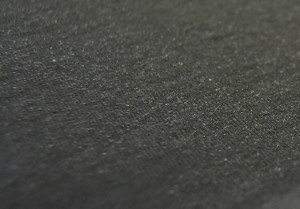 What is Pretreatment?
What is Pretreatment?
Pretreament is a liquid solution used by Direct-to-Garment printers to allow the printing and washability of white ink, or full color images on a variety of colored shirts, most commonly black shirts.
The concept is simple. Just as drywall is primed with primer before painting, this primer allows the colored paint stay on top of the drywall and not soak in. If the paint soaks into the drywall, the color selected will be muted and off color.
The same is true with pretreating any DTG shirt. The pretreatment acts just like the primer in the drywall example. It allows the white ink printed through the DTG printer to adhere to and sit on top of the shirt. If the white ink soaked into the shirt, it wouldn’t be white – more of a grey, and not give a smooth surface for the CMYK inks to print on, resulting in a really bad looking, unsellable shirt.

Pretreatment is the cornerstone of direct to garment printing. It is the foundation of your garment. A proper application of pretreatment will help yield better results for any white ink direct to garment printer.
Pretreatment is an aqueous solution, usually milky or clear in color, and designed to help the white ink sit on top of the shirt. Though it will not necessarily cause a reaction if you touch it, it is recommended to wear protective gloves, a respirator and other protective clothing just in case.
How is Pretreatment Applied?


